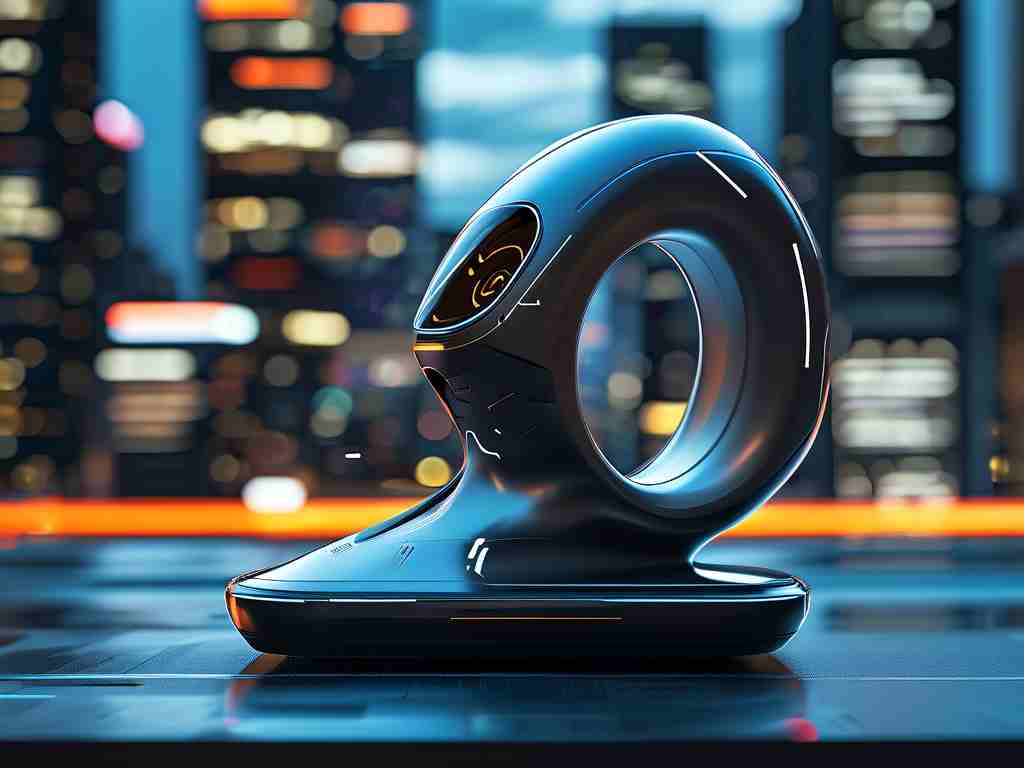The convergence of embedded development and server-side development has become a focal point in modern tech ecosystems. While these domains appear distinct at first glance, their intersection drives innovation in IoT, edge computing, and distributed systems. This article explores their technical overlaps, practical implementations, and emerging patterns that developers should understand.

Core Concepts and Divergences
Embedded development focuses on resource-constrained environments where efficiency is paramount. Developers work with microcontrollers like STM32 or ESP32, optimizing code for minimal memory usage and power consumption. For example, a temperature sensor firmware might use C-based logic to sample data at precise intervals:
void read_sensor() {
adc_start_conversion();
while(!adc_conversion_complete());
uint16_t value = adc_read();
transmit_data(value);
}
Server-side development, conversely, deals with scalable backend architectures. A Python Flask API handling sensor data might look like:
@app.route('/sensor-data', methods=['POST'])
def handle_data():
payload = request.json
db.session.add(SensorReading(value=payload['value']))
db.session.commit()
return jsonify(status="success")
Intersection Points in Practice
The synergy emerges when embedded devices interact with cloud services. Consider a smart agriculture system: soil moisture sensors (embedded) transmit data to a cloud dashboard (server-side). Challenges include protocol translation (MQTT to HTTP) and handling network latency. One overlooked aspect is asymmetric validation – embedded devices often lack resources to verify server certificates, while servers must rigorously authenticate devices.
A common pitfall is assuming uniform error handling. Embedded systems might implement basic retry mechanisms:
void send_with_retry(uint8_t* data, int max_attempts) {
for(int i=0; i<max_attempts; i++){
if(wifi_send(data)) return;
sleep_ms(2000);
}
enter_low_power_mode();
}
Meanwhile, server-side systems employ circuit breakers and exponential backoff:
from tenacity import retry, wait_exponential
@retry(wait=wait_exponential(multiplier=1, min=4, max=60))
def update_iot_state(device_id):
# Database operation prone to transient errors
Emerging Architectural Patterns
The "thin edge" paradigm demonstrates this fusion. Instead of raw data transmission, embedded devices now preprocess data using lightweight algorithms (e.g., TensorFlow Lite for anomaly detection), reducing server-side load. A motor vibration analysis system might embed FFT calculations on-device, sending only abnormality alerts to servers.
Security remains a shared concern. Embedded developers implement hardware-backed keys for device identity, while server teams manage OAuth2 flows. A zero-trust approach requires both ends to validate each interaction – a concept often overlooked in hybrid systems.
Toolchain Convergence
Tools like PlatformIO now support cloud build integration, enabling CI/CD pipelines that compile firmware and deploy server microservices simultaneously. DevOps practices are adapting, with infrastructure-as-code templates provisioning both AWS IoT Core rules and associated Lambda functions.
Future Trajectories
5G's low-latency capabilities will further blur these boundaries. Embedded systems might dynamically offload tasks to nearby edge servers, while server clusters could deploy FPGA-accelerated services for real-time embedded data processing. Developers skilled in both domains will lead this transition, crafting systems where the "device" and "server" become fluid concepts.
Ultimately, mastering the interplay between embedded and server-side development requires understanding their constraints and communication paradigms. Whether optimizing a RTOS task scheduler or designing idempotent REST APIs, the key lies in creating symbiotic systems that leverage the strengths of both worlds.









